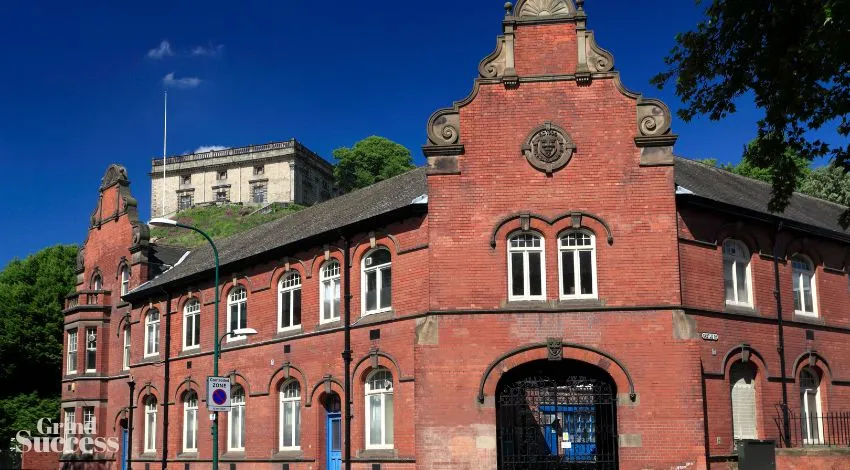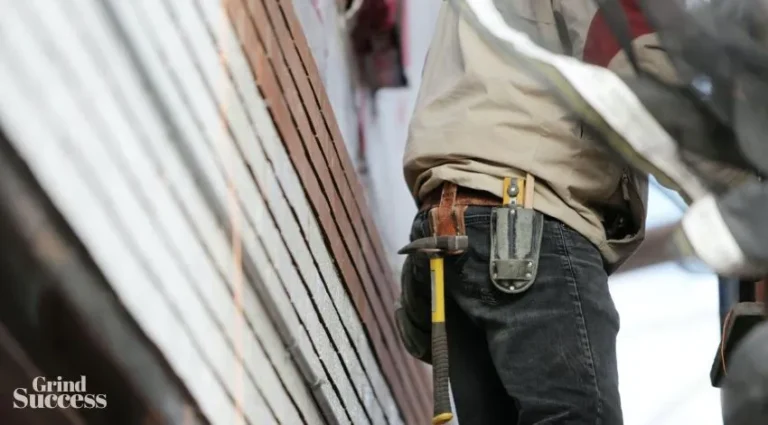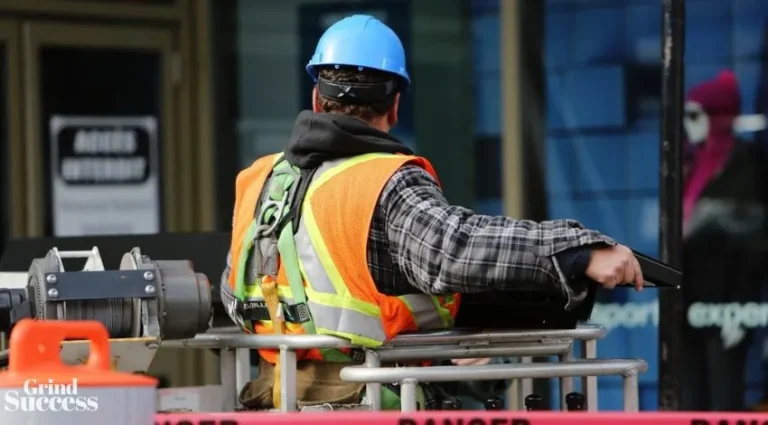Preserving History: Key Maintenance Risks in Castles and Heritage Buildings

Preserving the historical castles and heritage buildings of the United Kingdom is a significant endeavor and incredibly important given the wealth of incredible unique buildings our country boasts.
But maintaining these architectural treasures is a complex task that demands the utmost care to ensure their longevity and that they can continue to provide tourists and historians alike with plenty to see and do for generations to come.
Structural risks
Older buildings often have more intricate structural designs that require regular inspection and maintenance. Over time, wear and tear can weaken the foundations, posing a serious risk of collapse or damage. Addressing these structural risks is crucial to maintaining the integrity of these historical structures.
Conservation challenges
Preserving the historical authenticity of castles and heritage buildings can present unique challenges. Strict regulations and guidelines need to be followed to maintain the original character of the architecture while ensuring safety and functionality. Balancing conservation requirements with the need for modern amenities can be a delicate task.
Weathering
Exposure to the elements over centuries can take a toll and the notorious British weather certainly doesn’t help! Harsh weather conditions can accelerate deterioration and protecting these structures from the natural elements requires proactive measures, including regular maintenance, repairs, and weatherproofing.
Specialist knowledge
The intricate craftsmanship and architectural features of castles and heritage buildings demand specialized skills and knowledge. Working with inexperienced or unskilled contractors can lead to irreversible damage or compromises in the historical integrity of the structures.
Health and Safety
Maintaining castles and heritage buildings often involves working at heights, handling heavy materials, and using specialist equipment. These activities pose significant health and safety risks for workers. Adequate training, the use of proper safety equipment, and compliance with health and safety regulations are essential to mitigate these hazards.
Regular inspections
Conduct thorough inspections by qualified professionals to identify any signs of structural damage or deterioration.
Planned maintenance
Implement a proactive maintenance schedule to address identified issues promptly and prevent further damage.
Conservation
Collaborate with conservation specialists who have expertise in historic building preservation to ensure adherence to guidelines and regulations.
Contractors
Engage experienced contractors with a track record in historical building preservation to carry out maintenance and restoration work.
Insurance coverage
Obtain appropriate builders insurance coverage is crucial to protect against unforeseen circumstances, accidents, and potential liabilities. These policies provide financial security in the event of accidental damage to historical structures, injuries to workers, or third-party property damage.
Preserving the rich history embodied in castles and heritage buildings is a responsibility that requires careful attention to detail and proactive risk management. By recognizing and addressing the key maintenance risks associated with these architectural gems, we can ensure that they continue to captivate and inspire generations to come.






